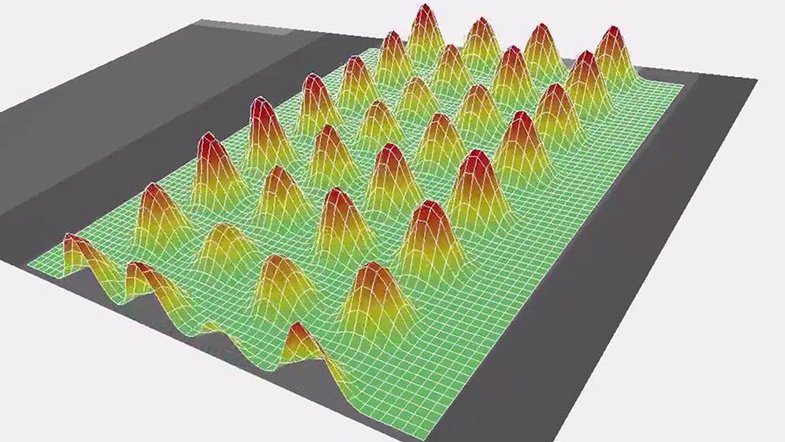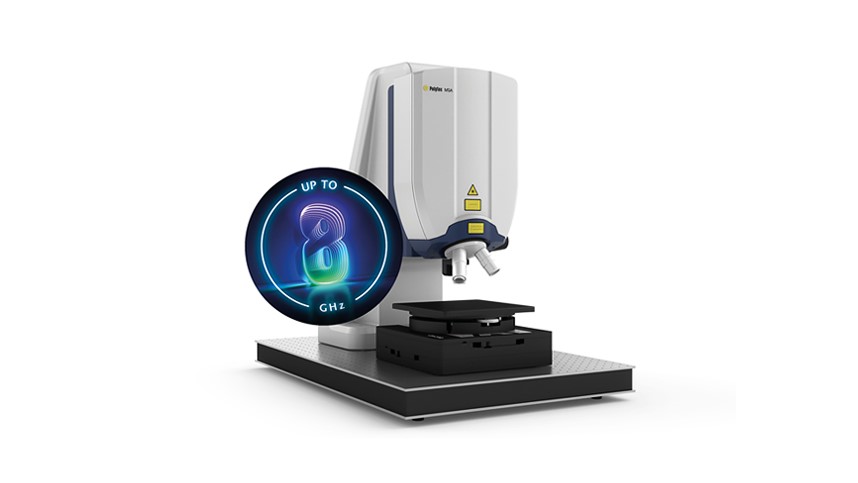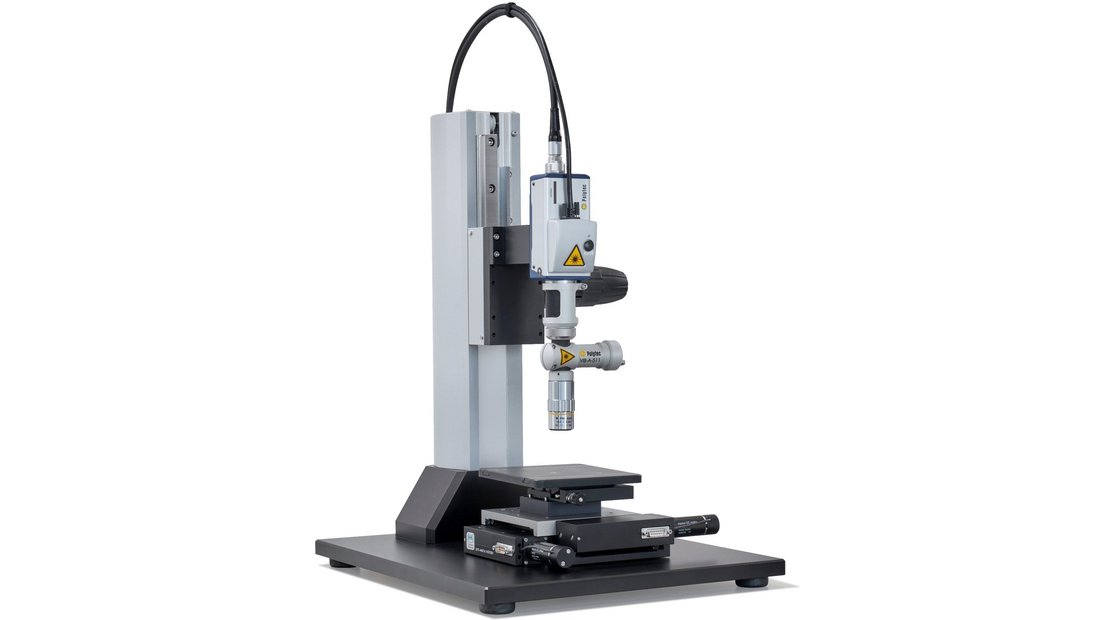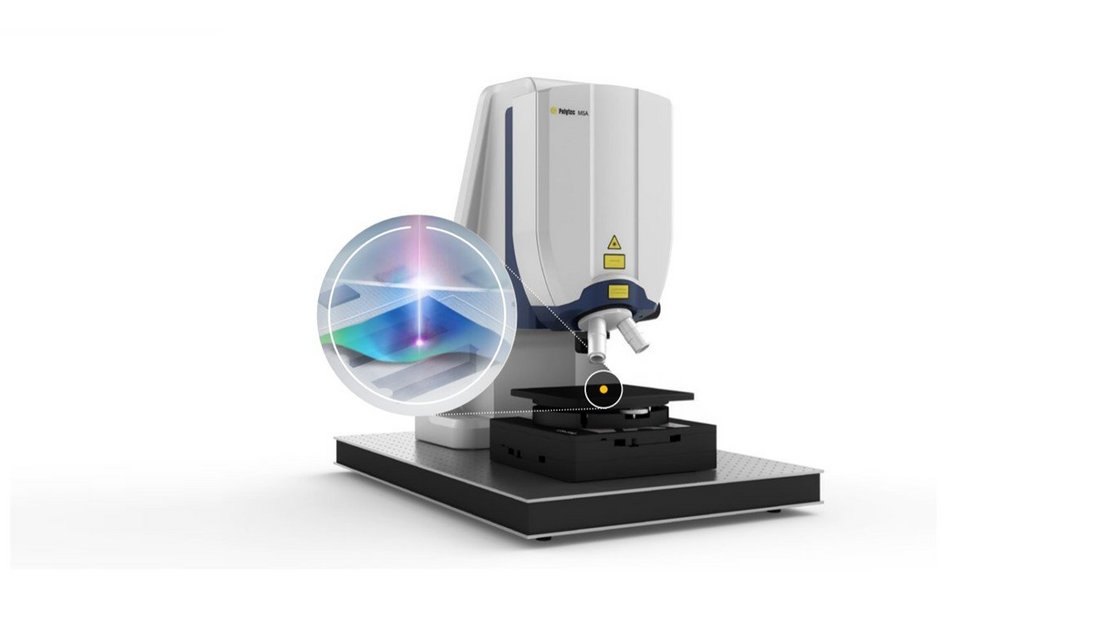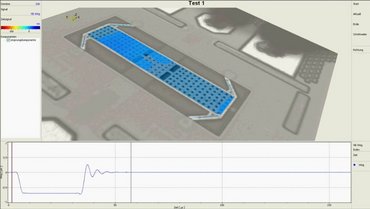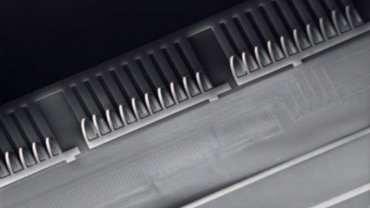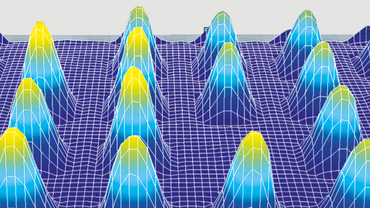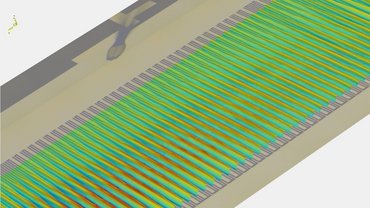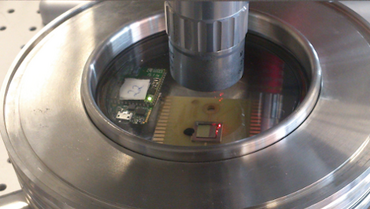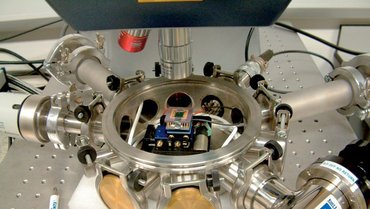MEMS characterization for Biology and Medicine
MEMS and microstructures are key basic and cross-sectional technologies for an extremely wide range of medical and biological applications. The scope of use ranges from lab-on-a-chip applications with high-frequency surface waves for rapid medical diagnostics, to MEMS microphones for use in hearing aids, and ultrasonic transducers for medical imaging based on microsystems technology.
You can rely on the non-contact, microscope-based optical measuring technology from Polytec to determine the surface topography and dynamic properties of medical MEMS sensors and actuators. Microscope-based vibration measurement is also used in bionically inspired “technology transfer” from natural to technical systems to measure the biomechanics of insects’ hearing, for example.
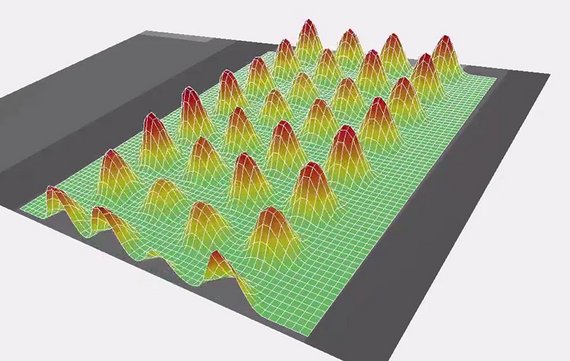
Medical imaging, sonography and intravascular ultrasound applications
Micromachined ultrasonic transducers (pMUTs & cMUTs) are pushing the boundaries of real-time 3D medical imaging (sonography) in applications such as IVUS (intravascular ultrasound) and echocardiography. To characterize the micromechanics of these transducer elements, measurements must be performed at high frequencies (~10 MHz) and with a high spatial resolution (<1 μm). The various possibilities offered by Polytec’s Micro System Analyzer provide this information for pMUT and cMUT development with maximum precision and zero contact.
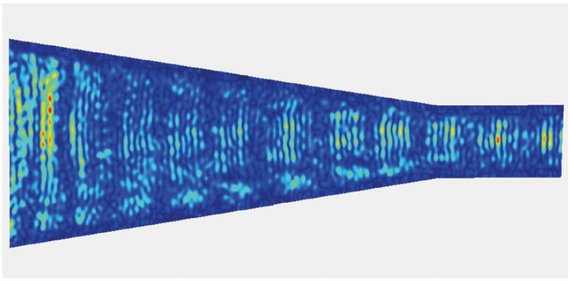
Development of phononic surface acoustic wave devices
Phononic surface acoustic wave devices have shown great potential for enabling integrated point-of-care diagnostics, using the mechanical energy carried by sound to manipulate liquid samples from patients on low-cost microchips. Reserachers have demonstrated the detection of malaria [Reboud J. et al., PNAS, 2012, 15162-7] from the volume of a fingerprick of blood using an acoustic filter. Laser vibrometry is an essential tool of the development process that permits the visualization of true vibrations on the surface across the entire microchips, thus validating our designs. In the future, more complex assays will be integrated on the platform to detect diseases such as tuberculosis.
